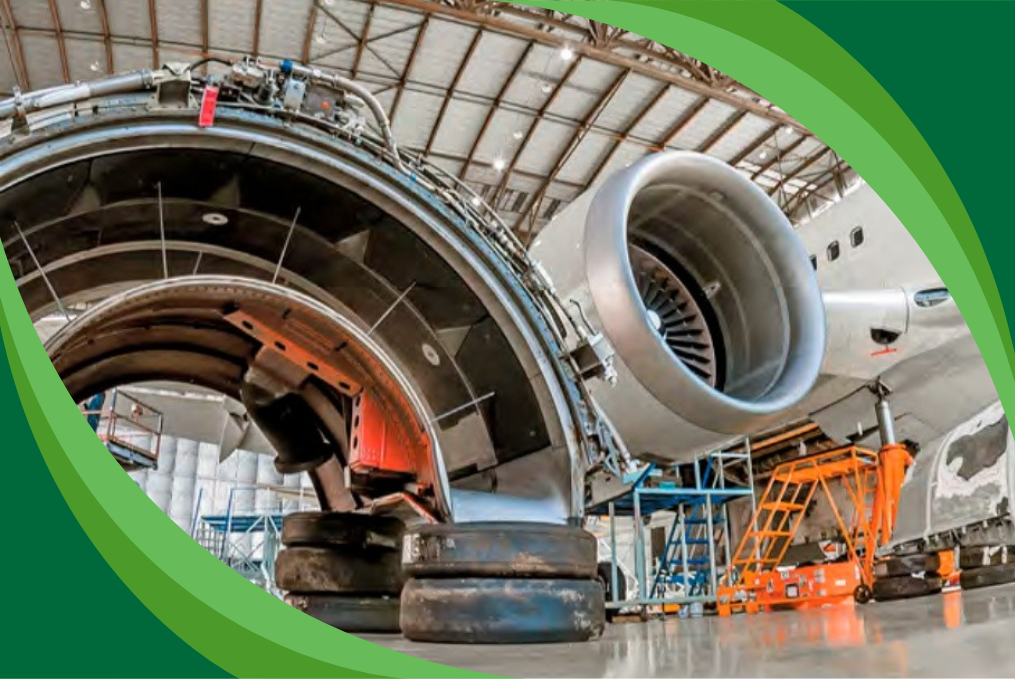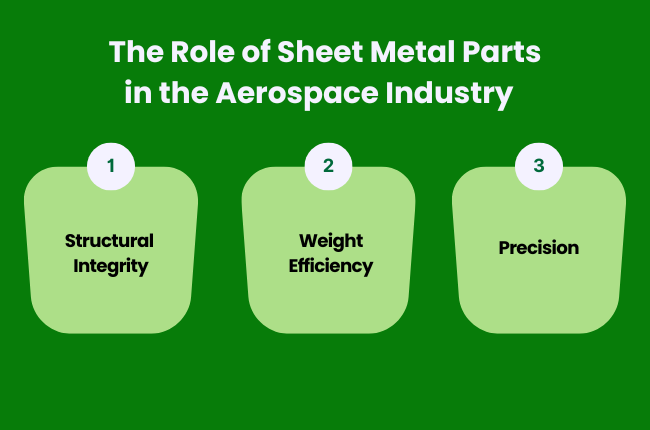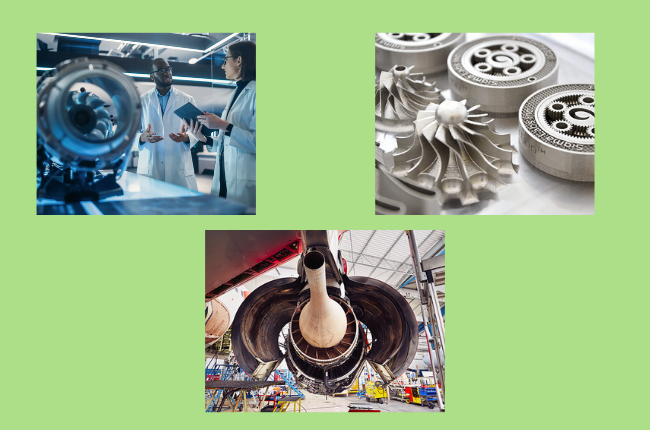Aerospace Industry: Meeting High Standards with High-Quality Sheet Metal Parts

The aerospace industry is one of the world's most advanced and challenging sectors. It involves designing, building, and maintaining aircraft and spacecraft, which require the highest safety, reliability, and performance levels. To achieve these goals, the industry relies on high-quality sheet metal parts. These parts play a crucial role in the structure and function of airplanes and space vehicles. Let's explore why high-quality sheet metal parts are so important and how they meet the high standards of the aerospace industry.
The Role of Sheet Metal Parts in the Aerospace Industry

Sheet metal parts are used in many areas of an aircraft, including the fuselage, wings, and control surfaces. These parts must be strong yet lightweight to ensure the aircraft can fly efficiently while withstanding the forces of flight. Here are some reasons why sheet metal parts are vital in aerospace:
Structural Integrity: The structure of an aircraft must be solid and stable. Sheet metal parts provide the necessary strength and support to keep the aircraft in shape, even under extreme conditions.
Weight Efficiency: Aircraft need to be as light as possible to enhance performance and fuel efficiency. High-quality sheet metal parts are designed to be lightweight without compromising on strength.
Precision: Every part of an aircraft must fit perfectly and work smoothly. Sheet metal parts are made with high precision to ensure they meet exact specifications and tolerances.
Meeting High Standards
The aerospace industry has very high standards for safety and performance. To meet these standards, sheet metal parts manufacturers follow strict processes and use advanced technologies. Here are some ways they ensure high quality:
Advanced Materials: The materials used for aerospace sheet metal parts are carefully chosen for their strength, durability, and resistance to extreme temperatures and corrosion. Common materials include aluminum, titanium, and high-strength steel.
Precision Manufacturing: Modern manufacturing techniques like CNC (Computer Numerical Control) machining and laser cutting create precise parts. These methods allow for complex shapes and designs essential for aerospace applications.
Quality Control: Every part undergoes rigorous testing and inspection to meet the required standards. This includes checking dimensions, strength, and surface quality. Non-destructive testing methods, like X-ray and ultrasound, are often used to detect any hidden flaws.
Certifications: Manufacturers of aerospace parts need to follow specific standards and regulations, such as AS9100, the international quality management standard for the aerospace industry. These certifications ensure that the manufacturing processes meet the highest levels of quality and reliability.
Innovation and Development

The aerospace industry and the methods and materials used in sheet metal parts manufacturing are constantly evolving. Here are some recent trends and innovations:
Advanced Alloys: New materials and alloys are being developed to offer better performance. For example, composite materials that combine metals with other substances can provide superior strength and weight benefits.
Additive Manufacturing: Also known as 3D printing, additive manufacturing is used to create complex parts that are difficult or impossible to make with traditional methods. This technology allows for more design flexibility and can reduce waste.
Smart Manufacturing: Automation, robotics, and artificial intelligence are increasing in manufacturing processes. These technologies help improve precision, efficiency, and consistency, leading to higher-quality parts.
The Future of Aerospace Sheet Metal Parts
High-quality sheet metal parts are essential for the aerospace industry to meet its high safety, performance, and reliability standards. Through advanced materials, precision manufacturing, and strict quality control, manufacturers ensure these parts can withstand extreme flight conditions.
As the industry evolves, ongoing innovation will continue to push the boundaries of what is possible, leading to even better and more efficient aircraft and spacecraft.